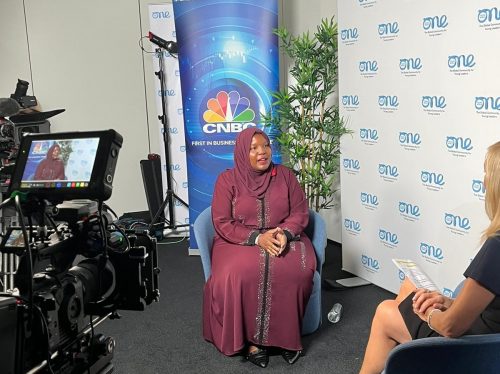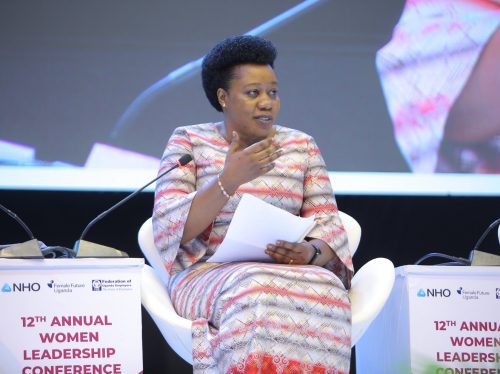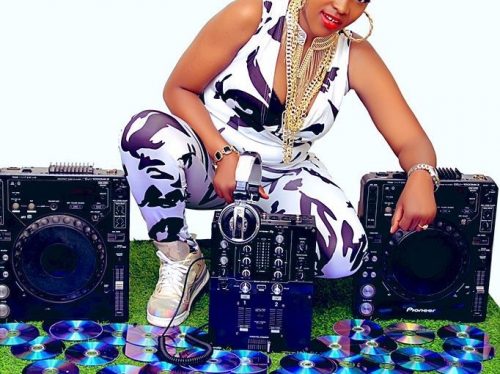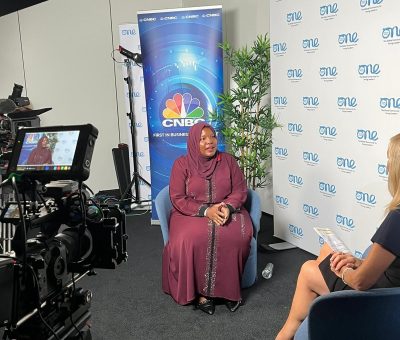Here is how to test for cancer
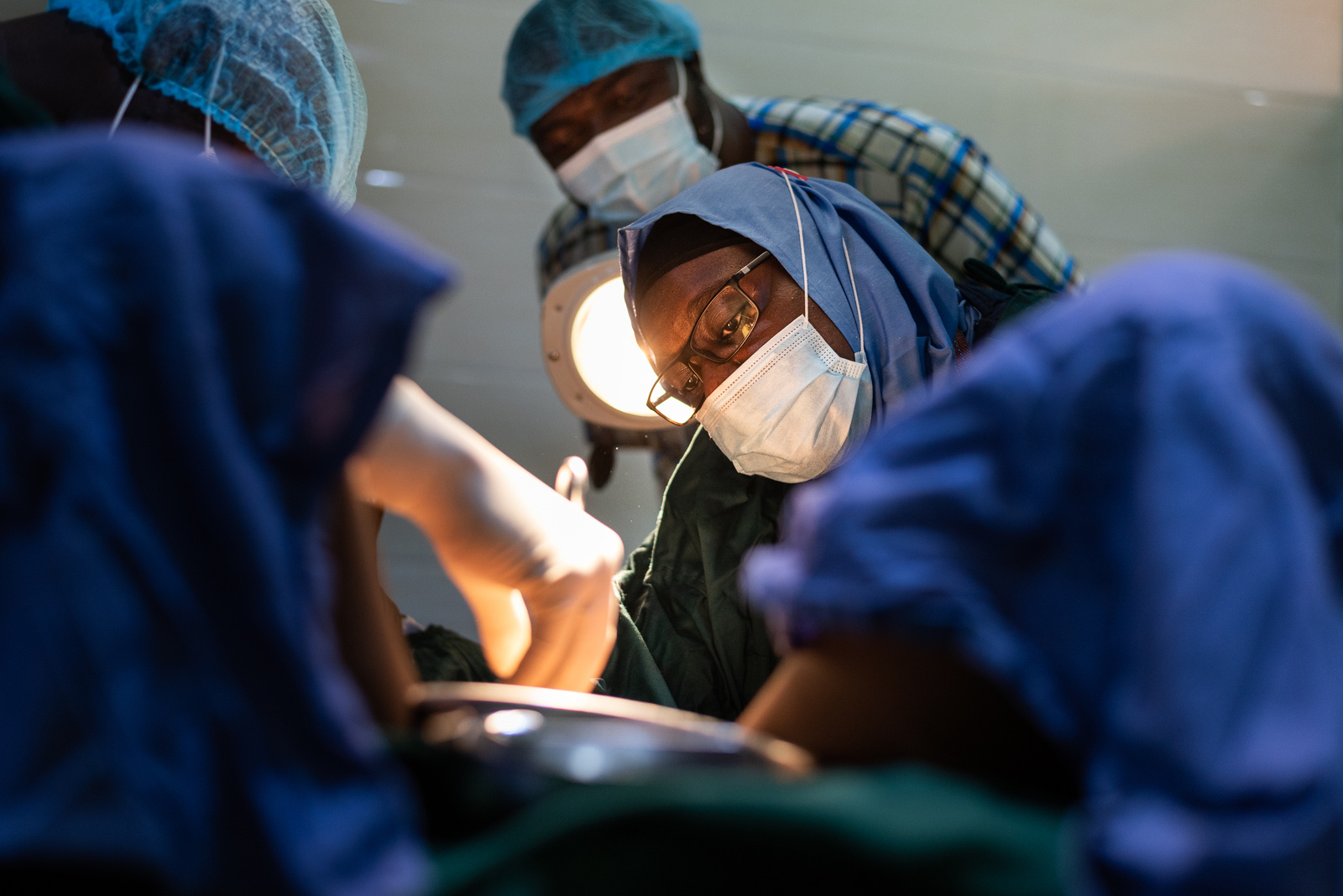
Cancer is a scourge leaving caretakers and families in utter grief and pain that time can never heal. Besides that, finances are wiped out by the ailment because treatment is never cheap despite government chipping in here and there.
October, commonly referred to as Pink October was set aside to raise breast and cervical cancer awareness. One of the mantras of the month is the need for early diagnosis. Dr Ritah Naigaga, a general practitioner at the Medical Hub, says for a better cure rate in Uganda, early detection is key.
People at higher risk of breast cancer include:
Girls that started their menstrual periods earlier than 11 years.
Women who start their menopause past 55 years.
Women undergoing hormonal treatment.
Obese persons.
Those with dense breast tissue as these have more connective tissue compared to fat. It should be noted that there is a difference between voluptuous and generally big breasts.
A family history of breast cancer.
Past incidence of breast cancer.
Increased exposure to radiation.
Dr Naigaga advocates for early detection for breast cancer, which involves:
Self-breast examination.
Screening that involves history and clinical examination, imaging (Mammography or sonography), and biopsy.
Why do self-breast examination:
Although it is clinically less beneficial, Dr Naigaga says the method is economically more effective than other early detection techniques. She adds that while most women find it improper to study their body, self-examination helps one to:
– Understand the normal feel and look of the shape, size and texture of your breast.
– Detect any abnormal changes to a normal looking breast.
– Get an early detection of breast disease including cancer devoid of expenses.
When to do breast examination:
While women who still experience periods can do it a week after one’s monthly menstrual cycle and those in menopause can do it any day, Dr Naigaga says there is no pre-determined age limit to start self-breast examination in females because breast cancer can hit any time. “I recommend starting self-breast examination the moment one starts experiencing puberty. That is crucial more so among those with a family history of breast, uterus or ovarian cancers,” she advises.
Reducing the risk
As well as self-breast examination, one can indulge in exercising more, eating healthy foods, and screening to reduce being at risk of these cancers. “Women aged 45-50 years should go for medical checks yearly while those beyond 50 years of age should do a mammogram every year,” she says. Additionally, breastfeeding for lactating mothers helps to reduce the risk of breast cancer.
In the case of cervical cancer, three tests are carried out with the most common being the Papanicolaou (Pap) Smear test, which examines various angles around the cervix. It is thus ideal to do it after or before and never during your period.
Note:
Mammography (also called mastography) is the process of using low-energy X-rays (usually around 30 kVp) to examine the human breast for diagnosis and screening.



